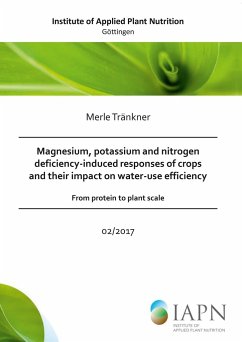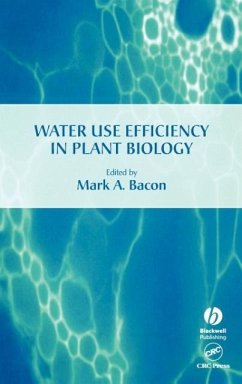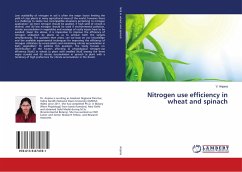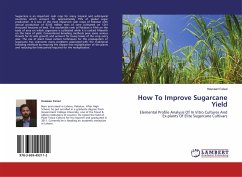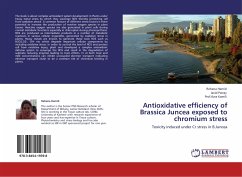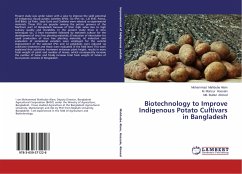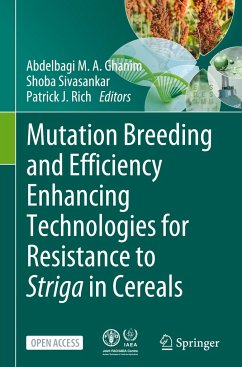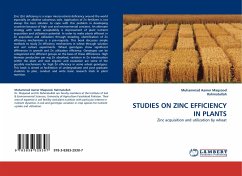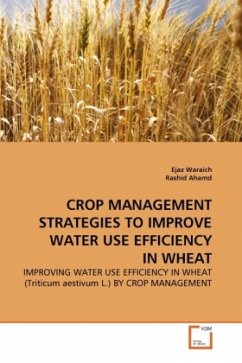
CROP MANAGEMENT STRATEGIES TO IMPROVE WATER USE EFFICIENCY IN WHEAT
IMPROVING WATER USE EFFICIENCY IN WHEAT (Triticum aestivum L.) BY CROP MANAGEMENT
Versandkostenfrei!
Versandfertig in 6-10 Tagen
45,99 €
inkl. MwSt.

PAYBACK Punkte
23 °P sammeln!
Water shortage is one of the serious problems limiting wheat production in Pakistan. On the basis of the results it can be concluded that: Modifications to recommended practices of irrigation such as limited-irrigation and water- saving irrigation were effective in improving WUE . Positive but weak association of morphological traits ( total number of tillers, number of fertile tillers, spike length, number of spikelets per spike, number of grains per spike and 1000-grain weight ) and negative correlation of physiological traits such as net CO2 assimilation rate, transpiration rate and stomata...
Water shortage is one of the serious problems limiting wheat production in Pakistan. On the basis of the results it can be concluded that: Modifications to recommended practices of irrigation such as limited-irrigation and water- saving irrigation were effective in improving WUE . Positive but weak association of morphological traits ( total number of tillers, number of fertile tillers, spike length, number of spikelets per spike, number of grains per spike and 1000-grain weight ) and negative correlation of physiological traits such as net CO2 assimilation rate, transpiration rate and stomatal conductance with WUE indicates that these characteristics are not potentially useful in the development and evaluation of management practices aimed to improve WUE in wheat. Positive and highly significant correlations of water potential, osmotic potential and relative water contents with WUE indicate the potential use of these traits for improved WUE in wheat. Nitrogen at 150 kg ha-1 is helpful in obtaining higher yield and WUE in wheat grown under water-deficit conditions as compared to recommended practice of 100 kg ha-1.




